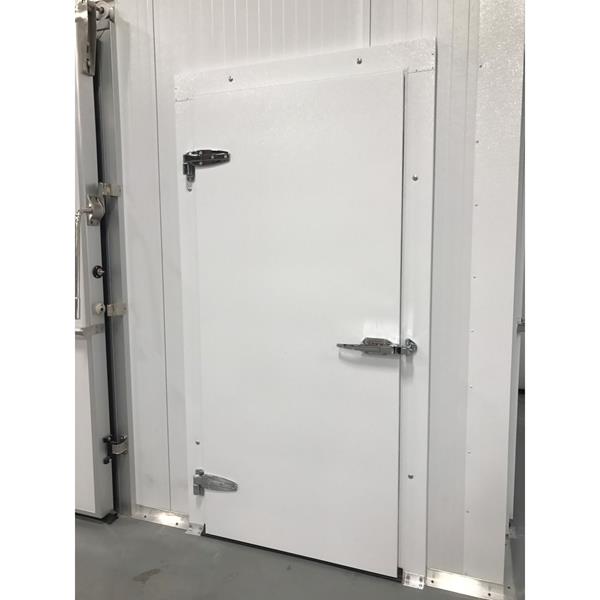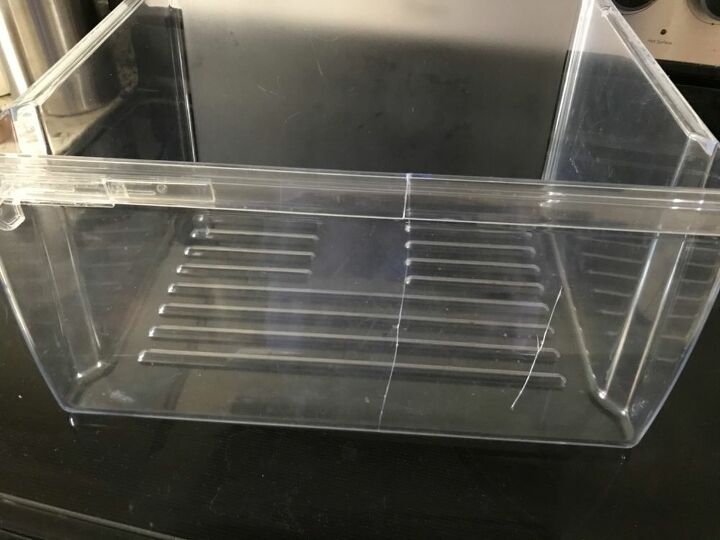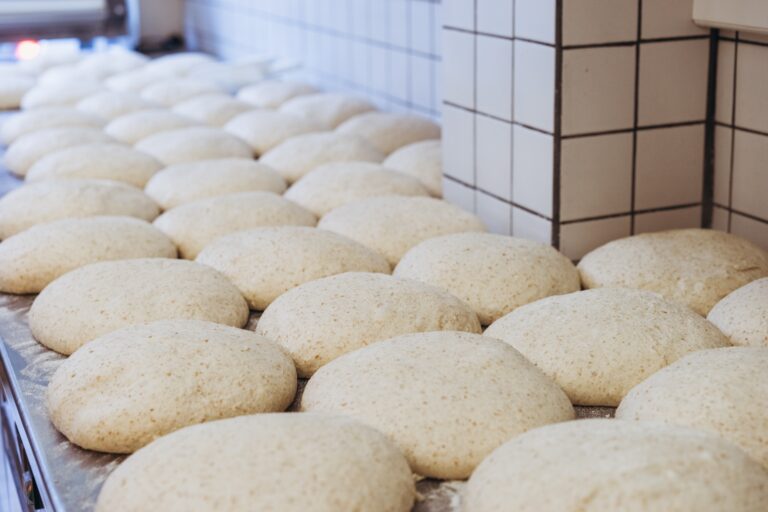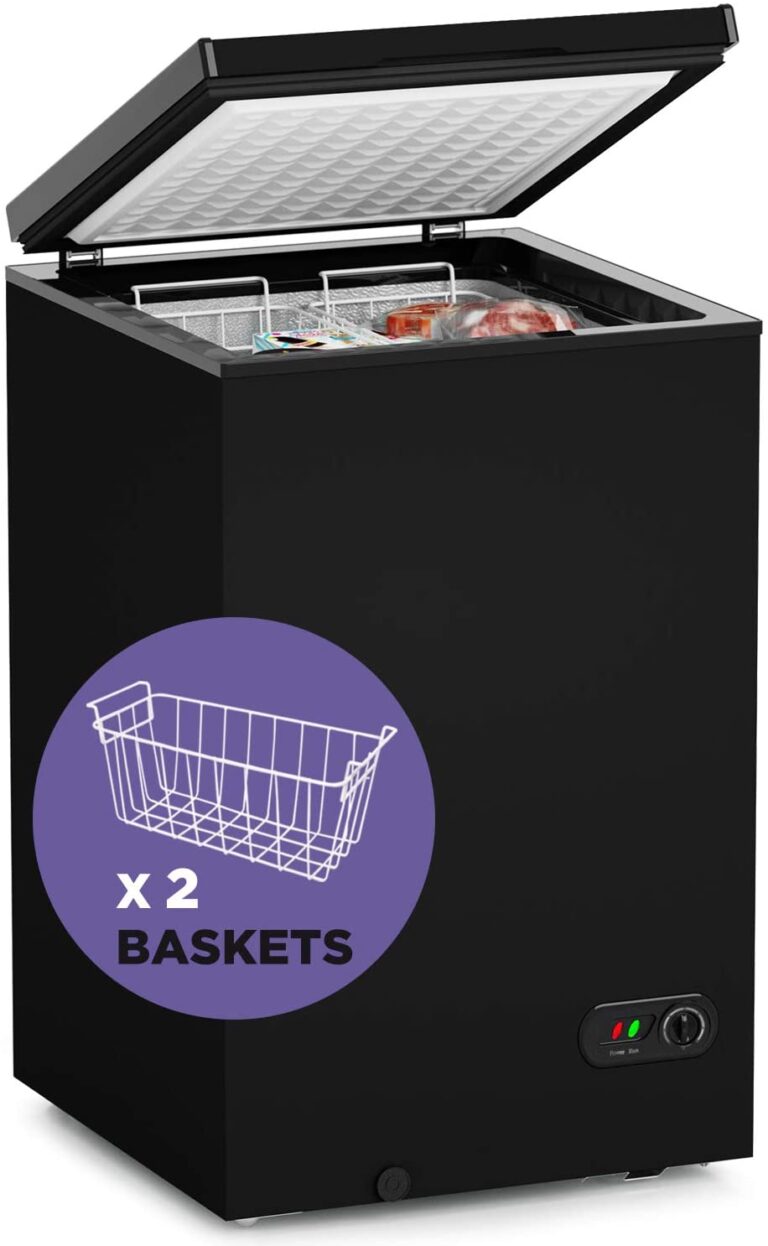Can You Freeze Active Dry Yeast?
The leavening agent yeast makes bread airy and light to the taste. If you bake bread frequently, you may have more yeast than you need for any given time.
Have you ever prepared your dough only to find out later that the yeast is no longer rising as expected?
We went through several sources to find out if freezing is a viable solution.
If you want to keep your yeast alive, place it in the refrigerator after opening it. You can put them in the freezer if you want to store them longer.
The yeast stays active when you need to use it because it is in a dormant stage. The active ingredient will not be killed by freezing it.
If it’s still in its original packaging, it can be placed in the freezer. If you have already opened it, there is an extra layer of protection that is needed.
It’s a good idea to put it in a container that’s sealed to prevent oxygen and humidity from coming in.
It is possible to extend the shelf life of active dry yeast by freezing.
As it ages, yeast can lose its effectiveness. The slow or absent rise can be caused by an aged yeast and can make your bread dense.
All of these are less likely to happen because of freezing.
Continue reading to learn more about the procedure and precautions you need to take when freezing active dry yeast.
Table of Contents
What Is the Shelf Life of the Yeast in the Freezer?
2 years from the date of packaging is when the indicated “used by date” is displayed on the package of yeast.
If it is kept away from the water, it can last within the indicated duration. Storage can be shorter after it is opened. 6 months is how long the yeast can last in the freezer.
If placed in the refrigerator, the yeast can be kept away from drafts for up to 4 months but should be placed in the back part of the refrigerator.
According to other sources, they can be extended beyond the recommended use date when frozen. But this is not prescribed.
If this does happen, you can conduct a proof test to determine the viability of the yeast. The procedure on how to conduct a proof test is explained in the next section.

How Can I Freeze Active Dry Yeast?
When freezing active dry yeast, it is important to keep it protected from the elements as this can make the active ingredient inactive.
You can place the package in the freezer for later storage. To remove extra air from opened packages, fold the package up to the level of yeast.
The fold can be secured with tape, a rubber band, or a combination of the two. It is possible to place this in a freezer bag for additional reinforcement.
If you have a lot of them, you can place them in separate small containers before putting them in the freezer. It’s a good idea to include the date on your labels.
How Can I Activate Frozen Yeast?
Measure out the necessary amount from the frozen yeast supply at a time.
Allow it to return to room temperature by leaving the measured amount of yeast on your kitchen counter for about 30 to 60 minutes before using it.
According to some sources, it may be enough to thaw for 30 minutes.
If you think that the temperature difference may be too drastic, you can thaw the yeast by putting it in the refrigerator for the first half of the time that you expect to thaw it, and then exposing it to room temperature.
If you place the yeast in a cup of warm water, it can be activated or proof. Make sure that the volume of water is enough to cover the amount of yeast you need for your dough.
You can either add a small amount of sugar or completely skip it. If you see bubbling or the mixture rising, then your yeast has been activated.
If you are using instant yeast, simply place it at room temperature and it will be activated. Adding water to the instant yeast will cause it to be inactive.
Is Active Dry Yeast and Instant Yeast Same?
Both active dry yeast and instant yeast are baker’s yeast that leavens your bread the same way. There is a difference in how you use them in the recipe. While instant yeast skips this step, active dry yeast needs to be added to the water before mixing into the dry ingredients. It is possible to add instant yeast into your dough mix.
It is possible to tell their difference visually. The appearance of active dry yeast resembles that of cornmeal, while instant yeast is usually smaller.
Instant yeast contains some additional enzymes which provide fast reactions when compared to dry yeast.
Although the result may be the same, instant dry yeast gives you the advantage of faster dough rises.
If the recipe calls for multiple rises, you can skip the first rise, but usually, it is the preferred yeast.
The yeast used in bread machines is known as instant yeast. Rapid rise or quick rise yeast are two terms that may be used to describe instant dry yeast.
Both types of baker’s yeast can be used in different ways.
If you want to get the desired results, make sure to use the dry yeast. It’s a good idea to remember that instant yeast shouldn’t be added to the water.
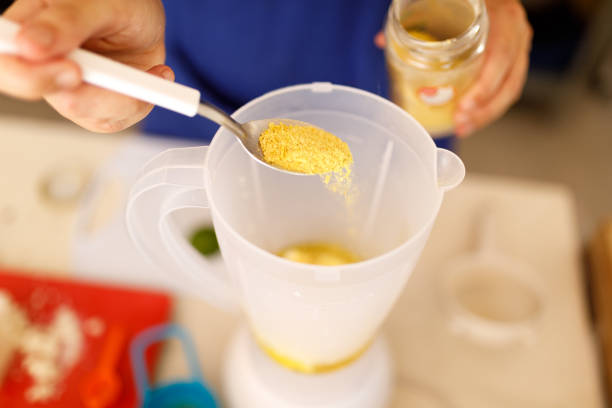
Is It Possible to Freeze Fleischmann’s Yeast?
Fleishmann’s Yeast is a brand of yeast that is produced by an Indian company. There are two production plants in Canada as well as one in Memphis.
The oldest brand of baker’s yeast in the United States is this brand.
There are several types of baker’s yeast available under the brand’s flagship: compressed yeast, active dry yeast, and RapidRise yeast.
All of these three types can be stored in the freezer. Storing them will follow the same procedure as when freezing active dry yeast.
We must protect ourselves from the harmful effects of moist air.
The product with multiple layers of alternating plastic wrap and foil is required for compressed yeast, which has a higher moisture content compared to other yeast types.
Next is putting it in a container that will keep it out of the water.
Conclusion
Freshly made bread waiting for you and your family is nothing short of amazing. The life of the dough is dependent on the yeast that is added to it.
An aged yeast wouldn’t have as much power, meaning it wouldn’t be able to leave the bread. It is possible to ensure that the yeast remains active by freezing it.
It is very simple to store them in the freezer. You should keep your yeast out of the freezer as you don’t want it to freeze, like other items that you need to store in the freezer.
The yeast will sleep before being called to bake if they are placed in the freezer where the temperature is cool.
It is a good idea to indicate the recommended date of use in your packaging so that you are aware of the yeast’s shelf life.
It’s recommended that you keep your yeast in optimal condition by storing it for at least six months.
It is possible to ‘proof’ it before adding the yeast mixture to the dough.
If you follow our advice, you can sleep into the night knowing that your yeast is still active. It’s good to bake!
Happy baking!

Foodie and a passionate cook, I am here to share all of what I know about cooking, kitchen, and food prepping.
Follow me for delicious and healthy recipes.


